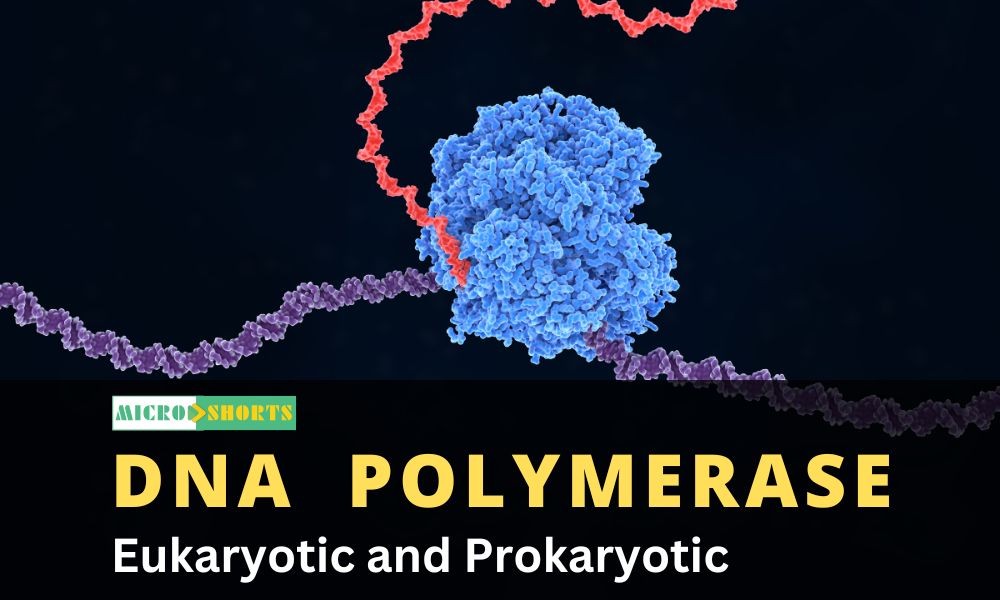Introduction
DNA stands for Deoxyribonucleic Acid, which
is a molecule that contains the instructions an organism needs to develop, live
and reproduce. These instructions are found inside every cell and are
passed down from parents to their children.
It is a nucleic acid and is one of the four major types of
macromolecules that are known to be essential for all forms of life. DNA
is found in the nucleus, with a small amount of DNA also present in
mitochondria in the eukaryotes.
DNA Structure
- In
1953, James Watson and Francis Crick discovered the structure of
DNA.
- The
works of Rosalind Franklin lead to Watson and Crick’s discovery. Franklin
first had pointed out that the DNA is made up of two spirals.
- The
structure of DNA is a double helix structure because it looks like a
twisted ladder.
- The
sides of the ladder are made of alternating sugar (deoxyribose) and
phosphate molecules while the steps of the ladder are made up of a pair of
nitrogen bases.
- There
are 4 types of nitrogen bases Adenine (A) Thymine (T) Guanine (G) Cytosine
(C) DNA Pairing. The nitrogen bases have a specific pairing pattern.
- This
pairing pattern occurs because the amount of adenine equals the amount of
thymine; the amount of guanine equals the amount of cytosine. The pairs
are held together by hydrogen bonds.
Detailed Structure and Composition of DNA

- DNA
is a double-stranded helix. That is each DNA molecule is comprised of two
biopolymer strands coiling around each other to form a double helix
structure. These two DNA strands are called polynucleotides, as they are
made of simpler monomer units called nucleotides.
- Each
strand has a 5′end (with a phosphate group) and a 3′end (with a hydroxyl
group).
- The
strands are antiparallel, meaning that one strand runs in a 5′to
3′direction, while the other strand runs in a 3′ to 5′ direction.
- The
two strands are held together by hydrogen bonds and are complimentary
to each other.
- Basically,
the DNA is composed of deoxyribonucleotides.
- The
deoxyribonucleotides are linked together by 3′ – 5′phosphodiester bonds.
- The
nitrogenous bases that compose the deoxyribonucleotides include adenine,
cytosine, thymine, and guanine.
- The
complimentary of the strands are due to the nature of the nitrogenous
bases. The base adenine always interacts with a thymine (A-T) on the
opposite strand via two hydrogen bonds and cytosine always interacts with
guanine (C-G) via three hydrogen bonds on the opposite strand.
- The
shape of the helix is stabilized by hydrogen bonding and hydrophobic
interactions between bases.
- The
diameter of double helix is 2nm and the double helical structure
repeats at an interval of 3.4nm which corresponds to ten base pairs.
Major and Minor Grooves of the DNA
- As a
result of the double helical nature of DNA, the molecule has two
asymmetric grooves. One groove is smaller than the other.
- This
asymmetry is a result of the geometrical configuration of the bonds
between the phosphate, sugar, and base groups that forces the base groups
to attach at 120 degree angles instead of 180 degree.
- The
larger groove is called the major groove, occurs when the backbones
are far apart; while the smaller one is called the minor groove,
occurs when they are close together.
- Since
the major and minor grooves expose the edges of the bases, the grooves can
be used to tell the base sequence of a specific DNA molecule.
- The
possibility for such recognition is critical, since proteins must be able
to recognize specific DNA sequences on which to bind in order
for the proper functions of the body and cell to be carried out.
Properties of DNA
- DNA
helices can be right handed or left handed. But the B
– conformation of DNA having the right handed helices is the
most stable.
- On
heating the two strands of DNA separate from each other and on cooling
these again hybridize.
- The
temperature at which the two strands separate completely
is known as melting temperature (Tm). Melting temperature
is specific for each specific sequence.
- The
B sample of DNA having higher melting point must have more C-G content
because C-G pair has 3 hydrogen bonds.
- The
sequence of bases along the DNA molecule encodes for the sequence of amino
acids in every protein in all organisms.
Types of DNA
Eukaryotic organisms such as animals, plants and fungi,
store the majority of their DNA inside the cell nucleus and some of their DNA
in organelles such as mitochondria.
Based on the location DNA may be:
Nuclear DNA
- Located
within the nucleus of eukaryote cells.
- Usually
has two copies per cell.
- The
structure of nuclear DNA chromosomes is linear with open ends
and includes 46 chromosomes containing 3 billion nucleotides.
- Nuclear
DNA is diploid, ordinarily inheriting the DNA from two parents. The
mutation rate for nuclear DNA is less than 0.3%.
Mitochondrial DNA
- Mitochondrial
DNA is located in the mitochondria.
- Contains
100-1,000 copies per cell.
- Mitochondrial
DNA chromosomes usually have closed, circular structures, and contain for
example 16,569 nucleotides in human.
- Mitochondrial
DNA is haploid, coming only from the mother.
- The
mutation rate for mitochondrial DNA is generally higher than nuclear DNA.
Forms of DNA

- Most
of the DNA is in the classic Watson-Crick model simply called as B-DNA or
B-form DNA.
- In
certain condition, different forms of DNAs are found to be appeared like
A-DNA,Z-DNA,C- DNA,D-DNA,E-DNA.
- This
deviation in forms are based on their structural diversity.
- B-DNA
Most common, originally deduced from X-ray diffraction of
sodium salt of DNA fibres at 92% relative humidity.
- A-DNA
Originally identified by X-ray diffraction of analysis of
DNA fibres at 75% relative humidity.
- Z-DNA
Left handed double helical structure winds to the left in a
zig- zag pattern.
- C-DNA
Formed at 66% relative humidity and in presence of Li+ and
Mg2+ ions.
- D-DNA
Rare variant with 8 base pairs per helical turn, form in
structure devoid of guanine .
- E-
DNA
Extended or eccentric DNA.
Functions of DNA
DNA has a crucial role as genetic material in most living
organisms. It carries genetic information from cell to cell and from generation
to generation.
Thus its major functions include:
- Storing
genetic information
- Directing
protein synthesis
- Determining
genetic coding
- Directly
responsible for metabolic activities, evolution, heredity, and
differentiation.
It is a stable molecule and holds more complex information
for longer periods of time.










Comments